Costs + benefits
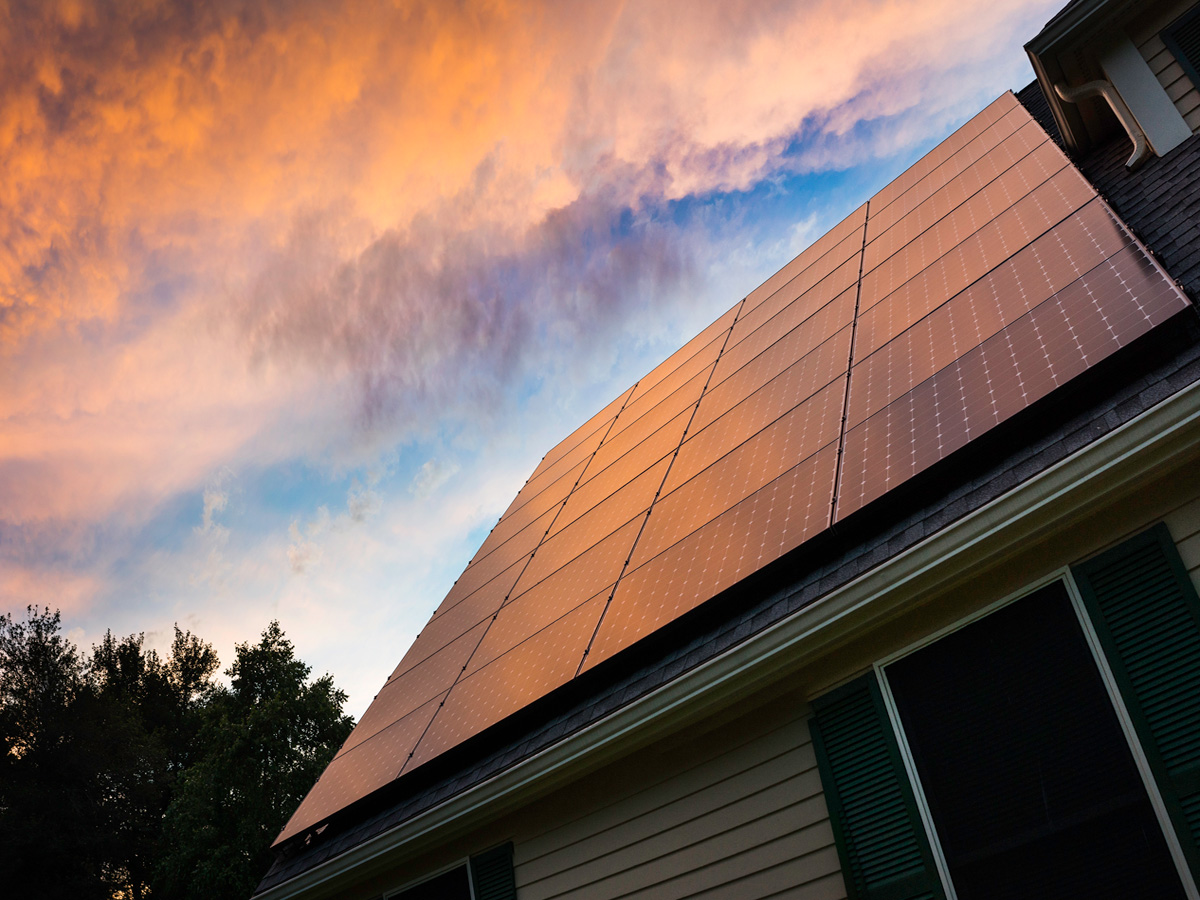
Making the most of your investment in renewable energy
At Sunbug, we’re on a mission to bring high-quality solar to every home and business in Massachusetts and beyond. For some solar companies, that might mean pushing customers to sign on the dotted line as quickly as possible. For us, it means leveraging our deep experience to help homeowners understand their options, so that they can maximize the cost savings and benefits of their system.
There are two basic models for financing a residential solar electric system: direct ownership, where the customer purchases the system outright (either through cash or a solar loan), or a lease/PPA (Power Purchase Agreement), where the customer signs a 20-year agreement in which a third party financing entity retains ownership and many of the financial benefits.
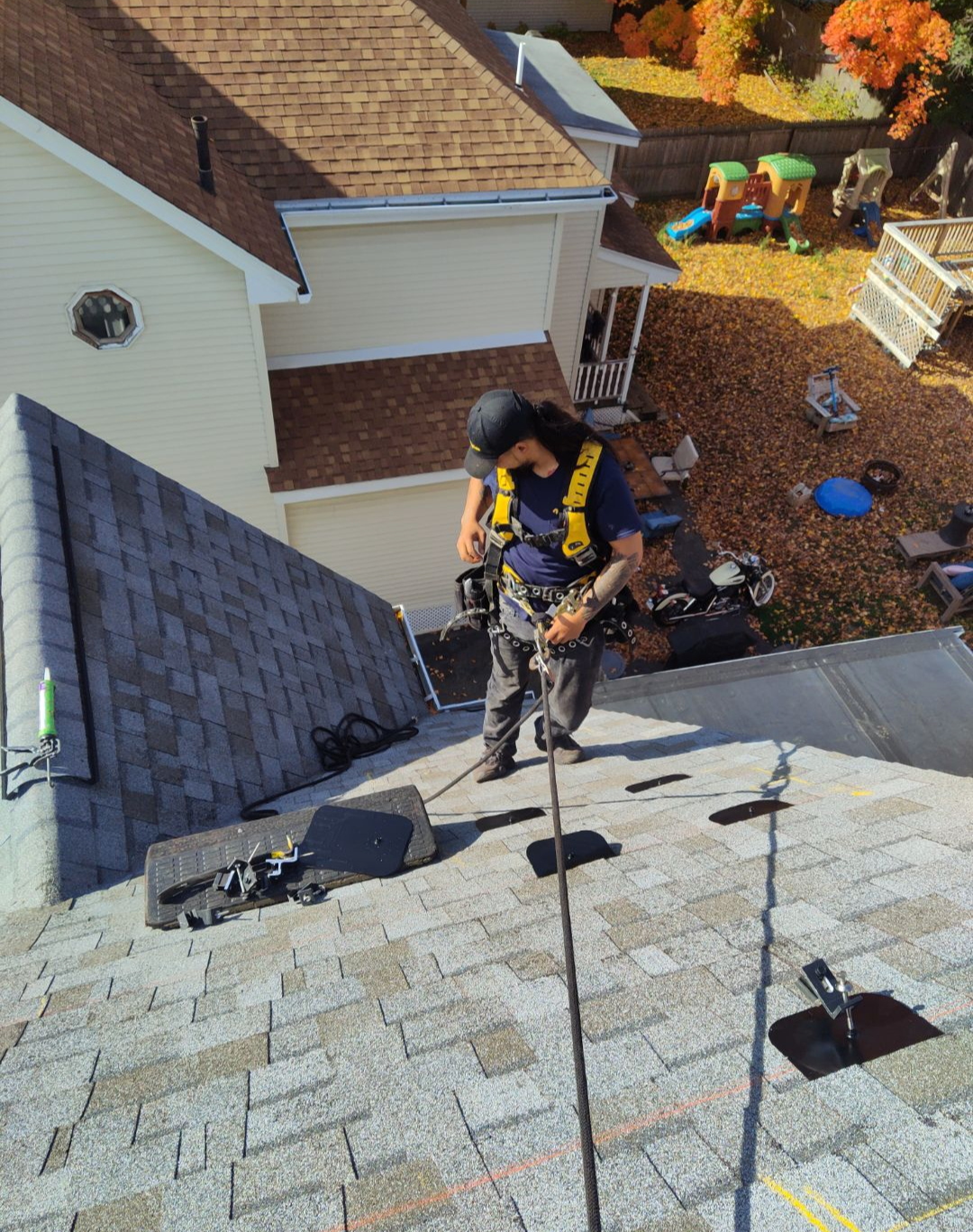

We encourage our customers to own their solar system whenever possible. Simply put, ownership offers the best return on investment. Typically, internal rates of return (IRR’s) on direct-purchased residential systems in Massachusetts range between 10 and 25%, which means you’ll recover your costs within 6-10 years. After that, all the energy savings across the system’s projected 25+ year lifecycle—tens of thousands of dollars—goes right back into your pocket.
However a solar system is a big investment, which is why we have solar-specific lending partners that make it cost-effective to finance your system through a solar loan. Often the monthly payment on a solar loan is equal to or less than the cost of purchasing electricity from the utility every month, making the project cash flow neutral or positive. (In other words, every month you pay less to the bank than you would have paid to the utility.)
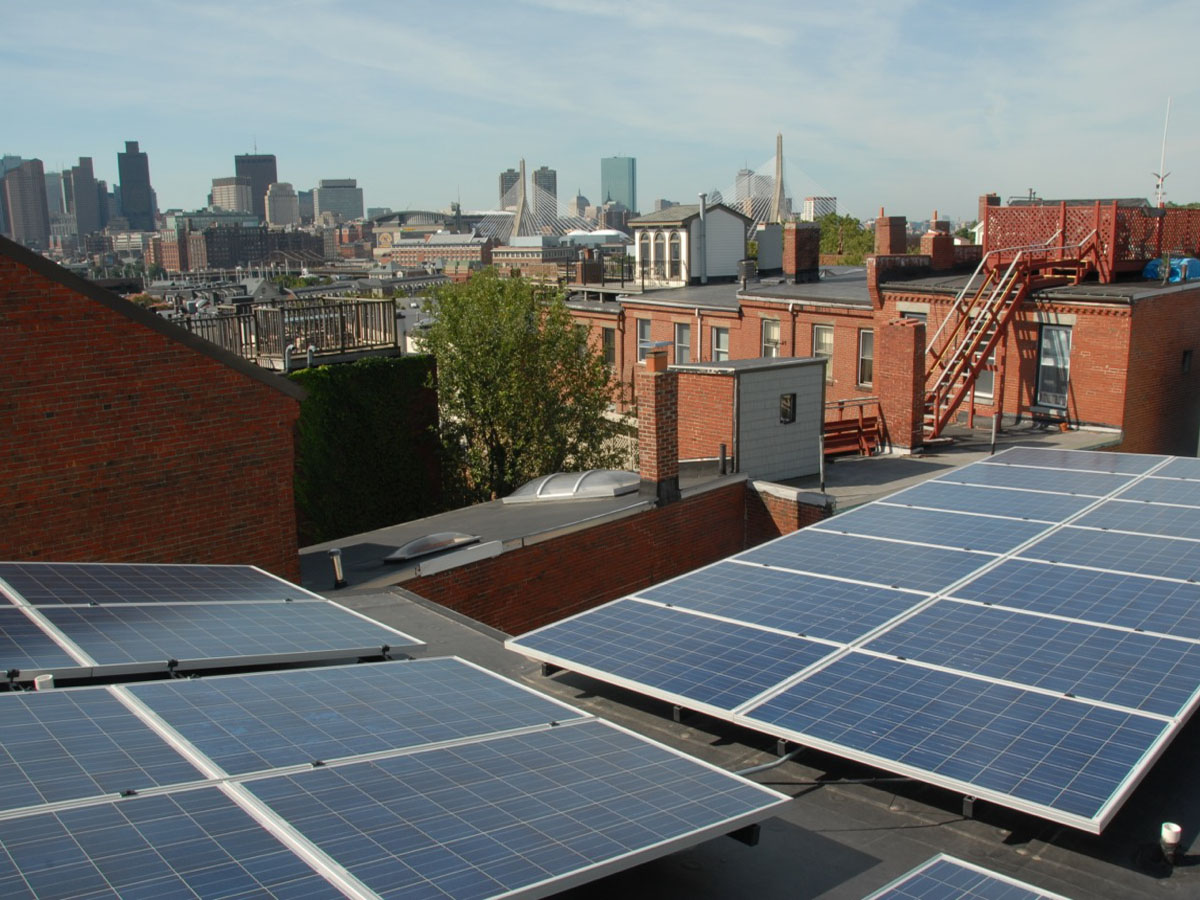
Many solar providers forgo the direct ownership model in favor of a Residential Solar Lease or Purchase Power Agreement (PPA), which enables customers to switch to solar without any upfront expenses. Tempting, right?
The downside is that these agreements are typically 20 year contracts with unfavorable terms. While homeowners pay a slightly lower rate for electricity through the duration of this contract, the solar lessor claims all the tax credits and other incentives associated with the installation.
In fact, a key Massachusetts Department of Energy Resources study found that in the lease/PPA model, the leasing corporation receives a disproportionate benefit of $9 in revenue for every $1 of savings to the homeowner (see section 3.3, Net Benefits, of the DOER’s Comparative Regional Economic Impacts of Solar Ownership/Financing Alternatives report.
Benefits of solar ownership:
All tax credits and other incentives go to you
Control over your system’s design and components
10-year SunBug workmanship warranty
25-year or longer manufacturer warranty on panels
12 to 25-year manufacturer warranty on inverters and racking
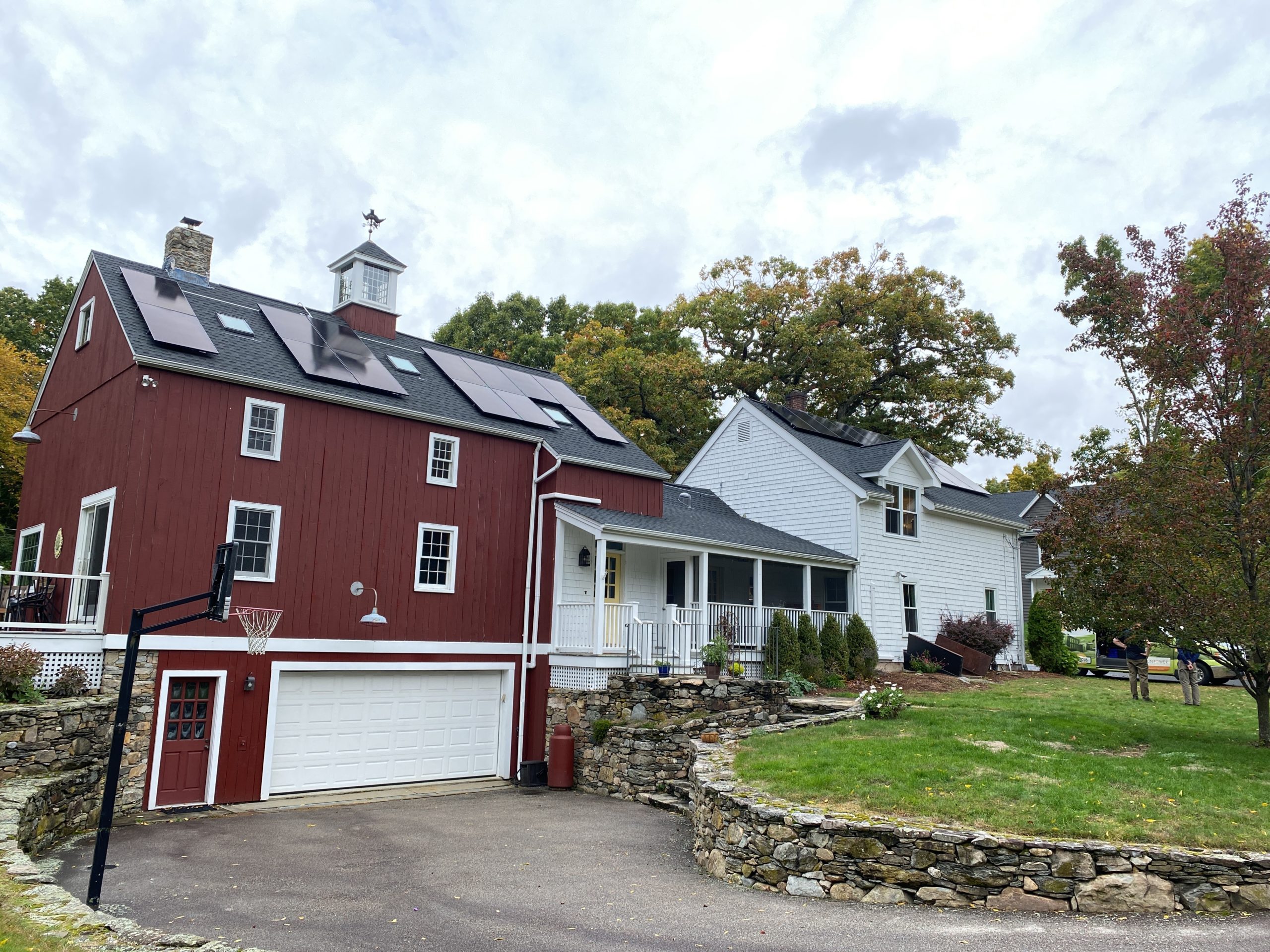
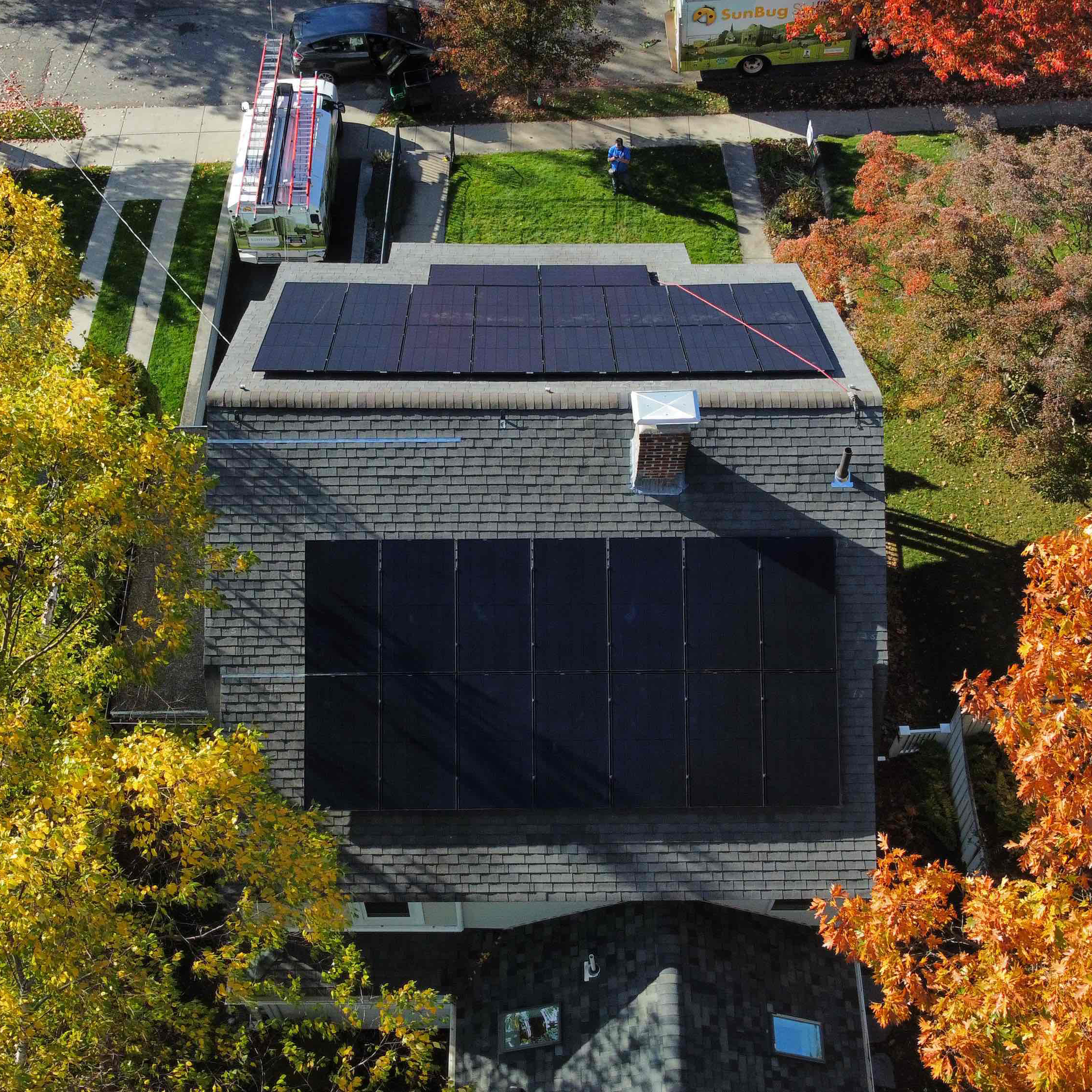
Cost-effective solutions that put money back in your pocket
Renewable energy systems are no small investment, and we know the thought of taking out loans to cover that cost can be intimidating. Sunbug’s solar loan partners are non-profit federal credit unions that approach financing with an expert understanding not only of solar technology, but the associated tax credits and incentives. They shape solutions that are based on solar’s savings and incentives, designed to keep you cash-flow positive for the life of the loan. It makes ownership possible for many clients who might not otherwise be able to afford it.
non-profit federal credit unions
A lending partner of the Amicus Solar Cooperative, the Clean Energy Credit Union (CECU) only lends for clean energy products—including electric vehicles, geothermal systems, green home improvement loans, and solar. Their solar electric “combo loans” are at a fixed interest rate with no money down. They combine a short-term 12-to-18-month loan, which allows you to easily apply your 30% federal tax credit, with a 12 to 20-year loan that accounts for the remaining 70% of your project cost.
Formerly the premier lender through the Mass Solar Loan Program (until that program expired), UMass Five has developed its MySolar Loan to maintain all the strengths of its predecessor while pairing it with excellent rates, higher lending limits, and a more efficient borrowing process.
What about tax credits?
30% of a renewable energy system is covered by the federal tax credit
An additional 15% savings—up to $1000—is available via an additional Massachusetts state tax credit
Massachusetts homeowners pay 0% sales tax on solar systems for primary residences
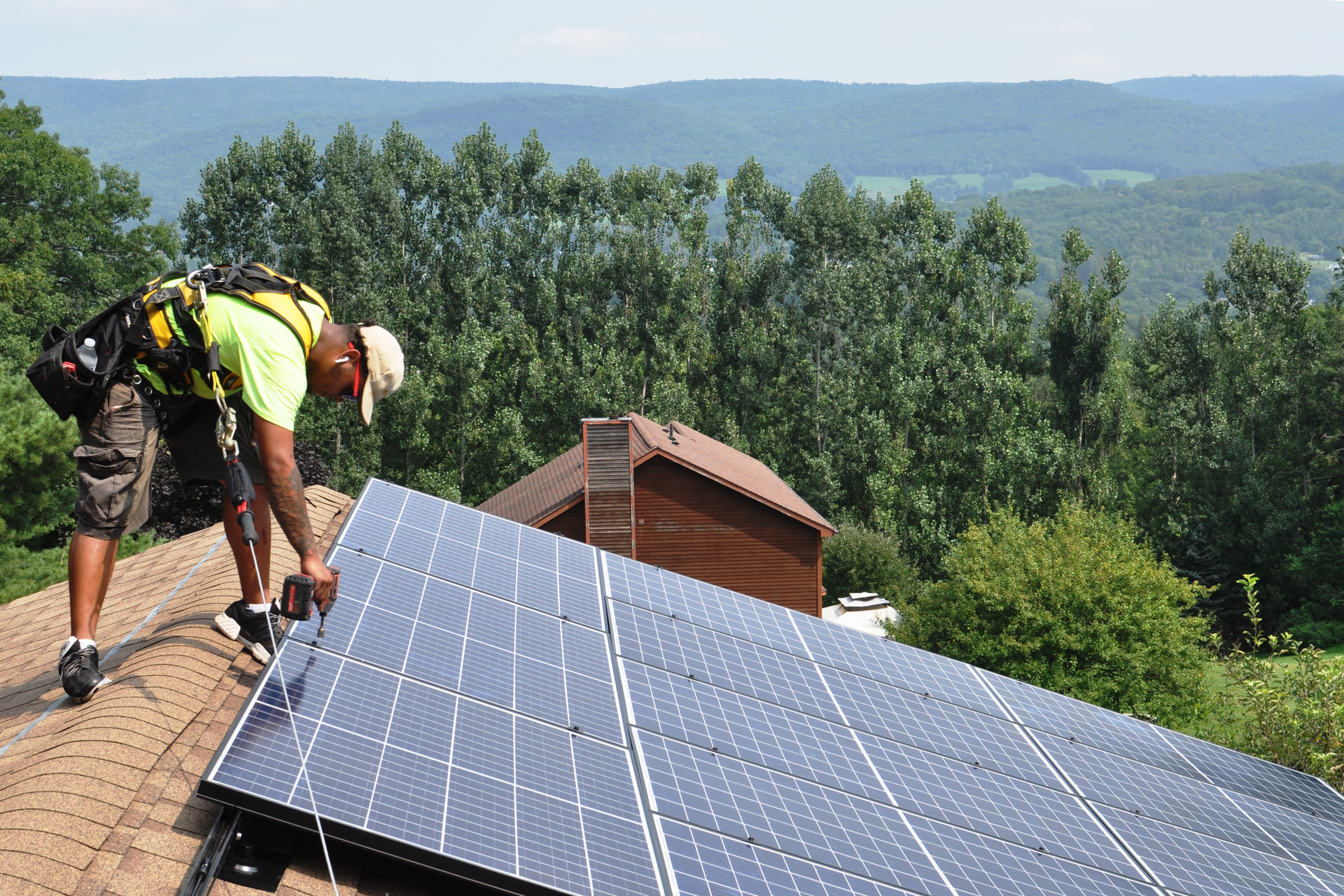
For many homes, solar power wouldn’t be the practical, cost-effective solution it is if not for net metering.
What is net metering?
Net Metering turns the electric grid into a power bank, so that your home can both deposit and withdraw energy. It’s like putting money (in the form of electricity) in the bank, allowing you to get full value for your electricity by spinning your meter backwards.
Maximizing your value
During the day, when your solar electric system produces more power than you use, you actually send electricity back to the utility, spinning your meter backwards. At night, when you use more electricity than you produce, your meter spins forward again, withdrawing electricity from the utility.
At the end of the month, you are charged for the net difference. It’s a clever way for a home to ‘store’ electricity from the sun.
Because Massachusetts has some of the strongest Net Metering regulations in the country for the investor-owned utilities like Eversource and National Grid—valuing generated power at essentially the same cost as purchased power—solar arrays don’t need a battery storage system to store electricity at off-peak times and then release it during peak hours.
The physical component of net metering is an actual electric meter installed by your utility when we install your system. The new net meter spins forward or backward depending on your system’s output at any given moment. At the end of the month, if your home used more energy from the grid than your system produced, you’ll owe the utility some money. If your home produced more electricity than you used, you won’t.
Simply put, you’ll receive full retail value for any power you don’t need. Under the Green Communities Act—one of the strongest set of net metering laws in the country—all investor-owned utility companies in the Commonwealth must compensate homeowners for excess electricity at the retail rate, rather than the lower wholesale rate.
If you generate more than you use, you can also choose to allocate your energy credits to other customers, allowing those without solar systems to take advantage of net metering benefits, as well. This is called “virtual net metering.”
However, you don’t want to make overproduction a chronic condition. While the utilities have to offer full retail value for excess power (and that gets applied to your account balance), they don’t have to “cash out” that value at the end of your contract with them. In this way, building up excess value over years or decades will not result in a large check when you move and close your electric account.
Any customer of the state’s for-profit investor-owned utilities (such as Eversource, National Grid, or Unitil) is eligible to participate in net metering.
One thing to note, however, is that 50 of the Commonwealth’s 351 municipalities are served by municipal electric utilities, rather than the utility providers listed above. Municipal utilities are not regulated the same way as for-profit utilities, and each municipal utility has its own solar regulations and metering policies.
Not sure if your town is eligible? Get in touch and we’ll figure it out together.




